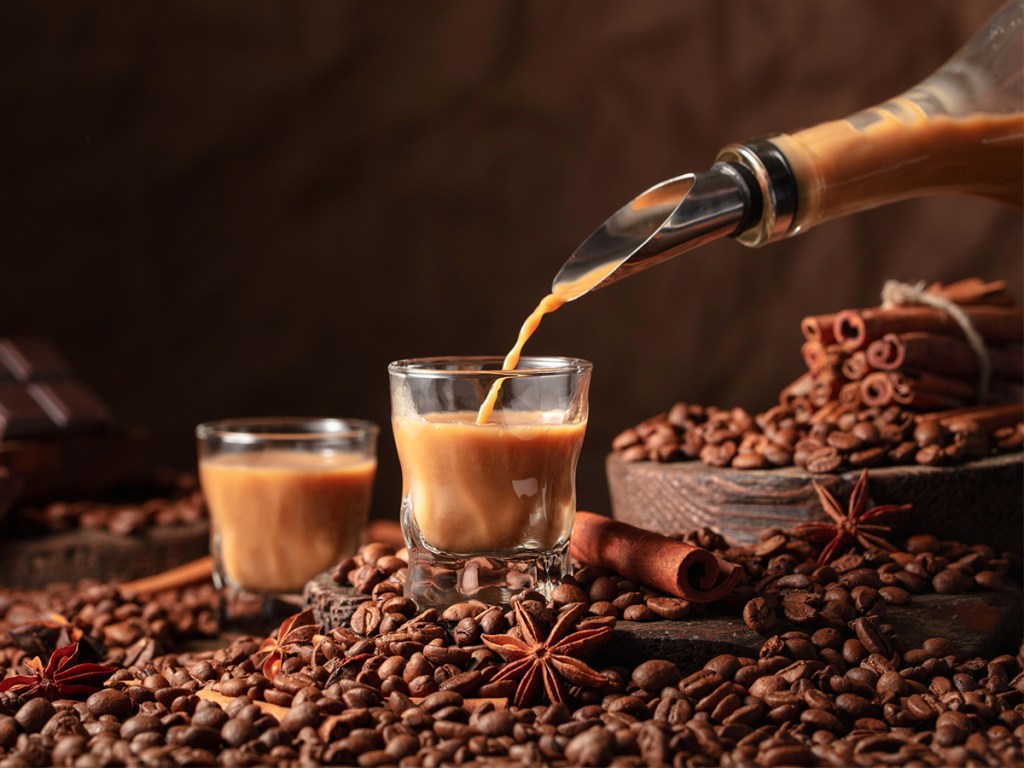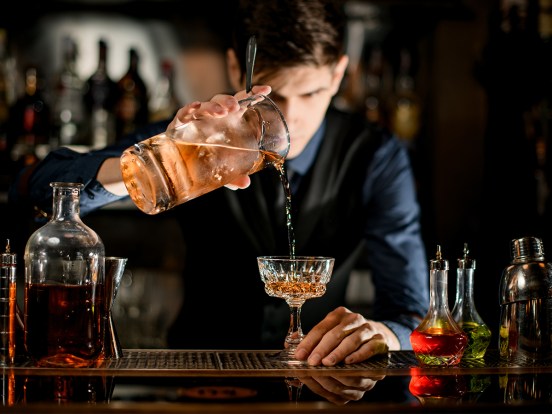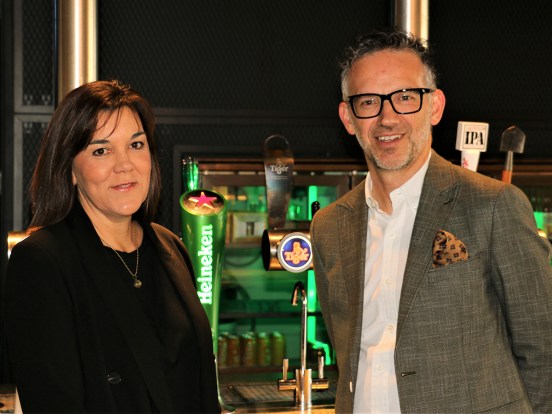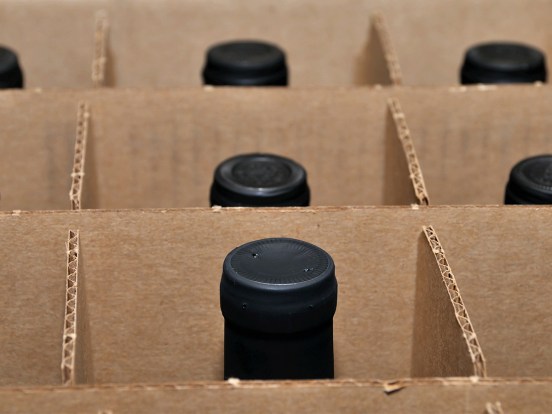For 2023 sales of liqueurs, grain-based spirits and the like are expected to total roughly EUR 2.3 billion worldwide – Jürgen Deibel shares his insights into liqueur trends for ProWein 2024.
According to forecasts by Fortune Business Insights, the market volume of liqueurs in 2028 will amount to EUR 2.7 billion – corresponding to a compound annual growth rate of 3.29% (CAGR 2023-2028).
The product segment of liqueurs, Korn schnapps and other spirits also shows a positive trend in volumes: according to forecasts the volume will reach 169.5 million litres in 2028.
In 2023, the average per-capita consumption of liqueurs, Korn schnapps and other spirits will probably stand at 1.96 litres while for 2024 a 3.1% sales growth is expected.
China will have probably generated most sales: the market volume forecast for 2023 here amounts to EUR 130.3 millions.
So liqueurs, Korn schnapps and other spirits are growth drivers. In the realm of spirits liqueurs are currently experiencing a new heyday.
The trend is two-fold: On the one hand, tending towards creamy sweetness, on the other, bitters are also heralding a comeback with new variations and flavours.
The preference of creamy sweetness and aromatic beverages has resulted in growing attention paid to liqueurs in various flavours and combinations.
Be they fruity, spicy or creamy – liqueurs offer a wide range of aromas which are both suitable for drinking neat and great for mix drinks and creative cocktails.
There are no limits to diversity here – ranging from classic types like orange and vanilla liqueur to innovative creations including exotic fruit or herbs.
The portfolio ranges from the cream liqueurs of the Dutch supplier Creamy Creations with their own cream liqueurs, vegan “cream” liqueurs and the associated base liqueurs, passing through the whiskey-based cream liqueurs as produced by McCormick, to Argentinian liqueurs by Dellepiane.
France is also one of the bastions of liqueur culture. Examples include cream liqueurs care of Spiribam or the product range of Spirit France Diffusion.
Liqueurs from Korea
The unique emotional and spiritual culture of Korea blends here with its traditional understanding of spirits.
Distillation is not in the foreground here but instead a wide variety of brewing methods providing the basis for Korea’s classic, aromatised grain-based wines (rice wine).
Traditional Korean spirits are called “Yakju” and brewed with hard-boiled rice, yeast and water. They are then flavoured in varied ways with purely natural ingredients.
This art of brewing is still unfamiliar to many people and ProSpirits offers the ideal opportunity to gain a deeper insight into the manufacturing processes.
The Andong Soju Association and (KTLEA) the Korea Traditional Liquor Export Association are two Korean associations participating in ProSpirits this year, allowing visitors to immerse themselves in the taste worlds of Gahyangju (flower wine), Yakyongju (healing wine) and a number of spirits such as Shindoju, Cheongmyeongju, Shimhaeju, Samaju and Youseoju.
Hand-crafted or artisanal liqueurs are a segment enjoying a particular upswing.
Smaller manufacturers bank on high-quality ingredients and traditional manufacturing processes with a view to creating unique experiences for the palate.
This results in liqueur creations that are not only sweet but also complex and demanding, such as the liqueurs of Peppe GmbH, an owner-managed Swiss company. Specialised in ginger, they demonstrate how strong ginger can also “cut a fine figure” in the liqueur segment.
The “sweet renaissance” of liqueurs is also reflected in the cocktail culture, where bartenders increasingly take to sweeter liqueurs as their principal ingredients or admixtures to create sophisticated and balanced beverages.
How to catch up with The Shout NZ…
Online, updated daily with its own unique content and breaking news.
Our weekly newsletter – free to your inbox! Subscribe here.
We are also on Facebook and Instagram!





